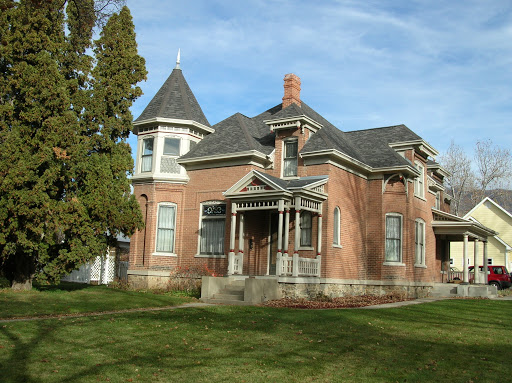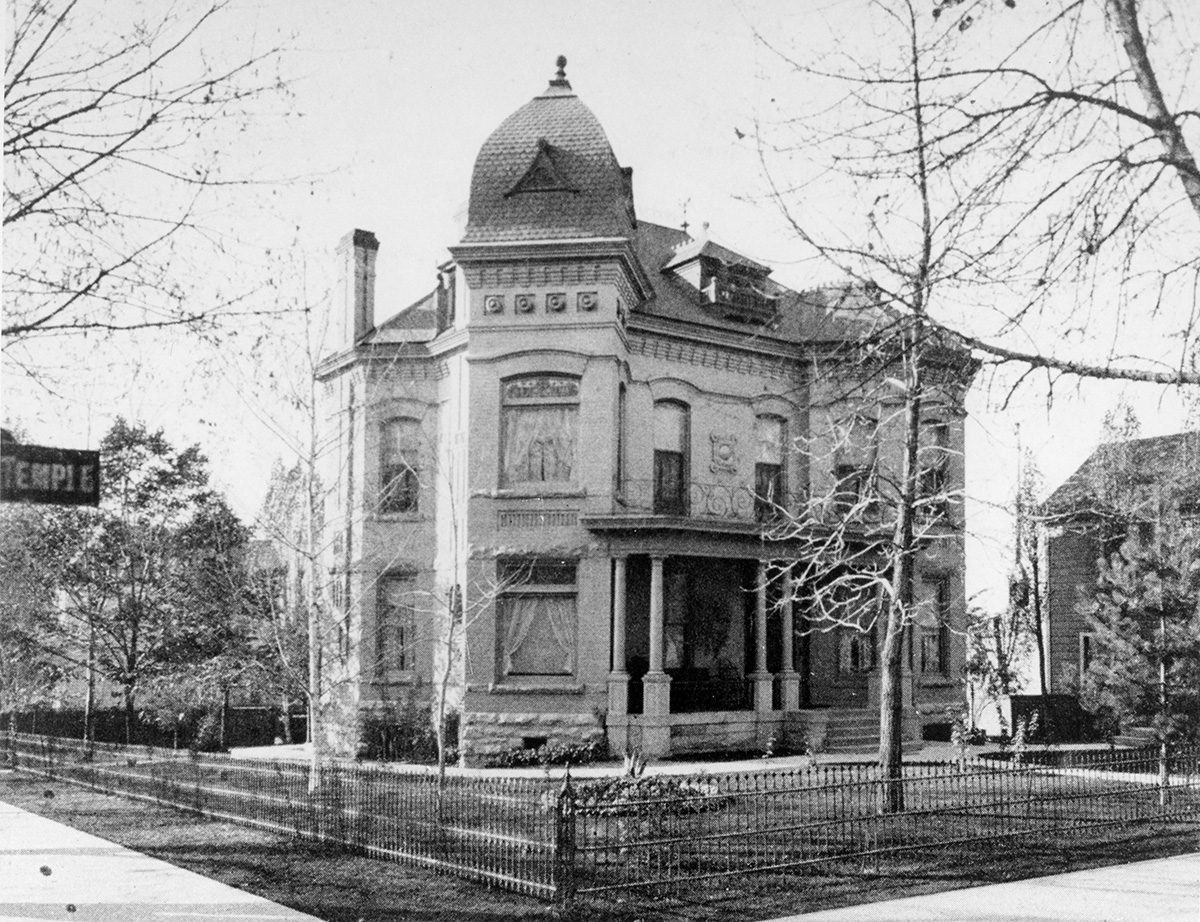By: Christopher W. Merritt, Utah State Historic Preservation Officer
This year, 2021, Utah is celebrating its 125th anniversary of statehood. But we at the State Historic Preservation Office (SHPO) wondered what remains of the momentous year of 1896 besides photos and history books. The SHPO, within the Department of Heritage & Arts and the Division of State History, manages over 120,000 records on historic buildings throughout Utah, including those listed on the National Register of Historic Places. After combing through all of these records, we identified about 50 historic residential, commercial, industrial, and community buildings that were built or opened in 1896.
We felt, that highlighting 22 of these 1896 buildings illustrate the history of Utah in that year of statehood by showing some trends in our architectural traditions. National Register Coordinator, Cory Jensen, notes that:
“New homes during the 1890s were at the high point of the Victorian style, but Utahns added local flavor by adding and mixing different architectural elements.”
Further, these 22 buildings are important success stories in how we can and should preserve our historic fabric to continue our sense of place and connection to the past.

Examples of 125th anniversary homes range from the ornate and complex Henry Blood House in Kaysville (shown on the left) or the Dempster Houston Hatch House in Panguitch to the simpler but still beautiful Brinton House in Springville or Singleton House in American Fork. These buildings express Utah’s identity in the 1890s. From simple log buildings like Fruita’s schoolhouse in Capitol Reef National Park or an architecturally-significant schoolhouse like the White Rock School in Elsinore (Sevier County). Utah has always been an eclectic blend of rural and urban life. According to Jensen, “These buildings also show Utah’s arrival in the modern age, such as the growth of electrical needs and the development of hydroelectric power at the Granite Plant in Big Cottonwood Canyon and the Pioneer Plant in Ogden.”
Once we had a list pulled together of the 22 buildings to highlight, we worked with our geospatial mapping team to build an interactive map, complete with photos and descriptions of these historical treasures. The interactive map also highlights industrial buildings. SHPO’s Public GIS professional, Skylar Schulzke notes that:
“Using mapping technology like GIS, arms a person with the ability to really travel through time and space, and interactive maps of historical places and buildings, can almost be the closest thing we have to time travel”.
But we don’t want to stop with just these 22 buildings, as we know that there are more buildings out there from 1896! If you own a home or business built in 1896, the SHPO invites you to share photos and a brief description through an online portal.
Submissions confirmed to be accurate will receive a certificate recognizing their achievement. “These submissions will contribute to our understanding of architecture during this time as we celebrate this major anniversary,” said Cory. Local communities and residents are encouraged to post about their own unique history through their social media accounts, and tag #thrive125 to the post!
